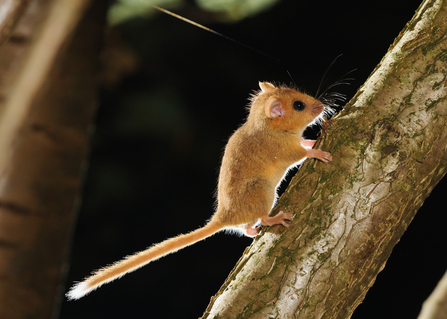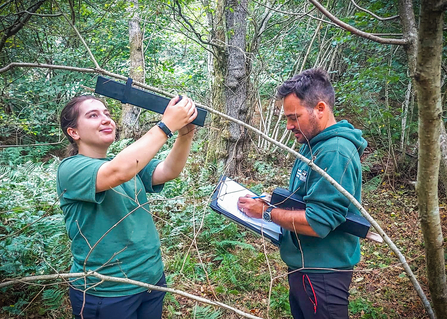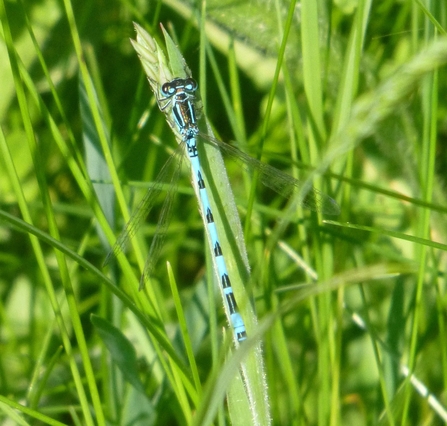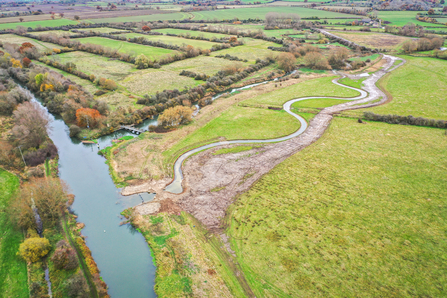ECOLOGISTS counted a record number of rare damselflies and helped vulnerable birds to breed using an electric fence during a 'hugely significant' year.
Staff and volunteers at Berkshire, Buckinghamshire & Oxfordshire Wildlife Trust (BBOWT) carried out more than 250 ecological surveys on the charity’s nature reserves in 2022 to paint an invaluable picture of how local wildlife populations are changing.
The ecology team organised 32 butterfly transects, 28 bird transects, 10 dragonfly transects, 65 habitat condition assessments and numerous other surveys and monitoring projects such as orchid counts, badger activity monitoring, groundwater level measuring, newt bottle-trapping, reptile refugia checks, bat monitoring and dormouse nest box checks.
The charity has warned that some species, such as hazel dormice, are being badly hit by the effects of unusual and extreme weather linked to climate change, as well as habitat loss and changes to woodland management.




